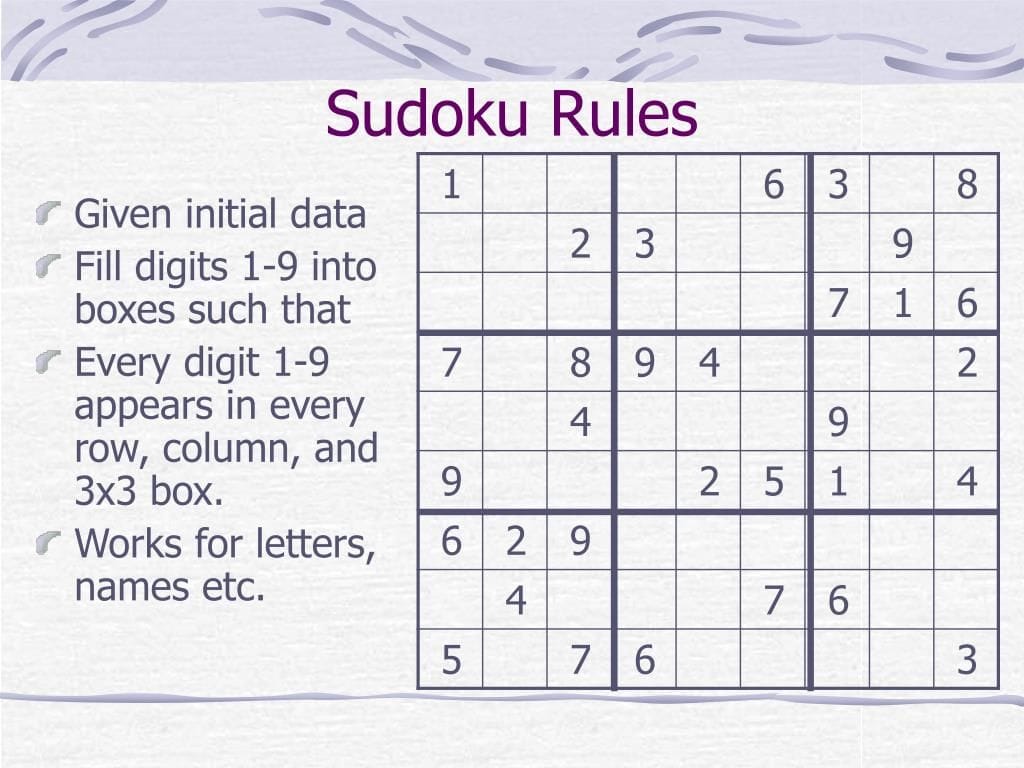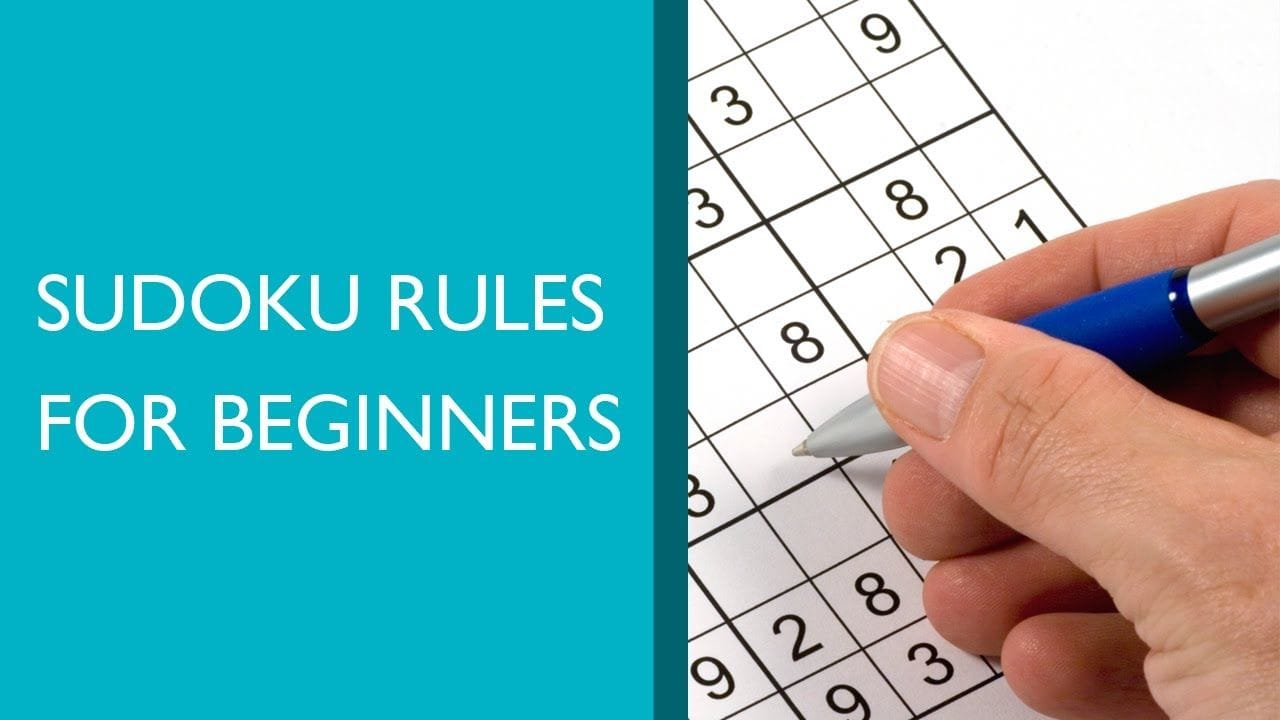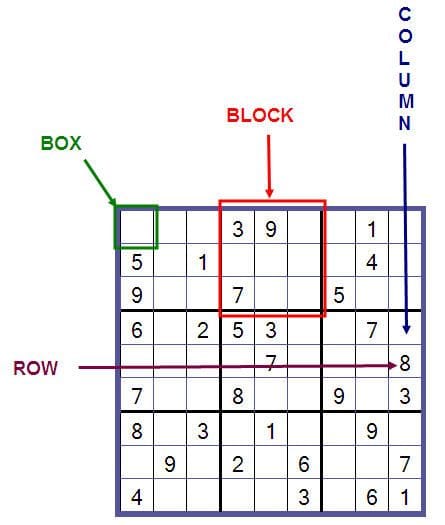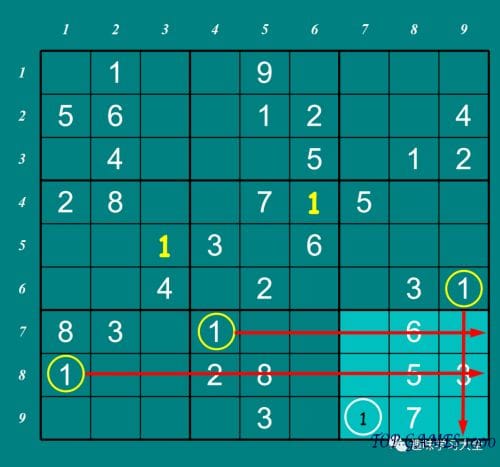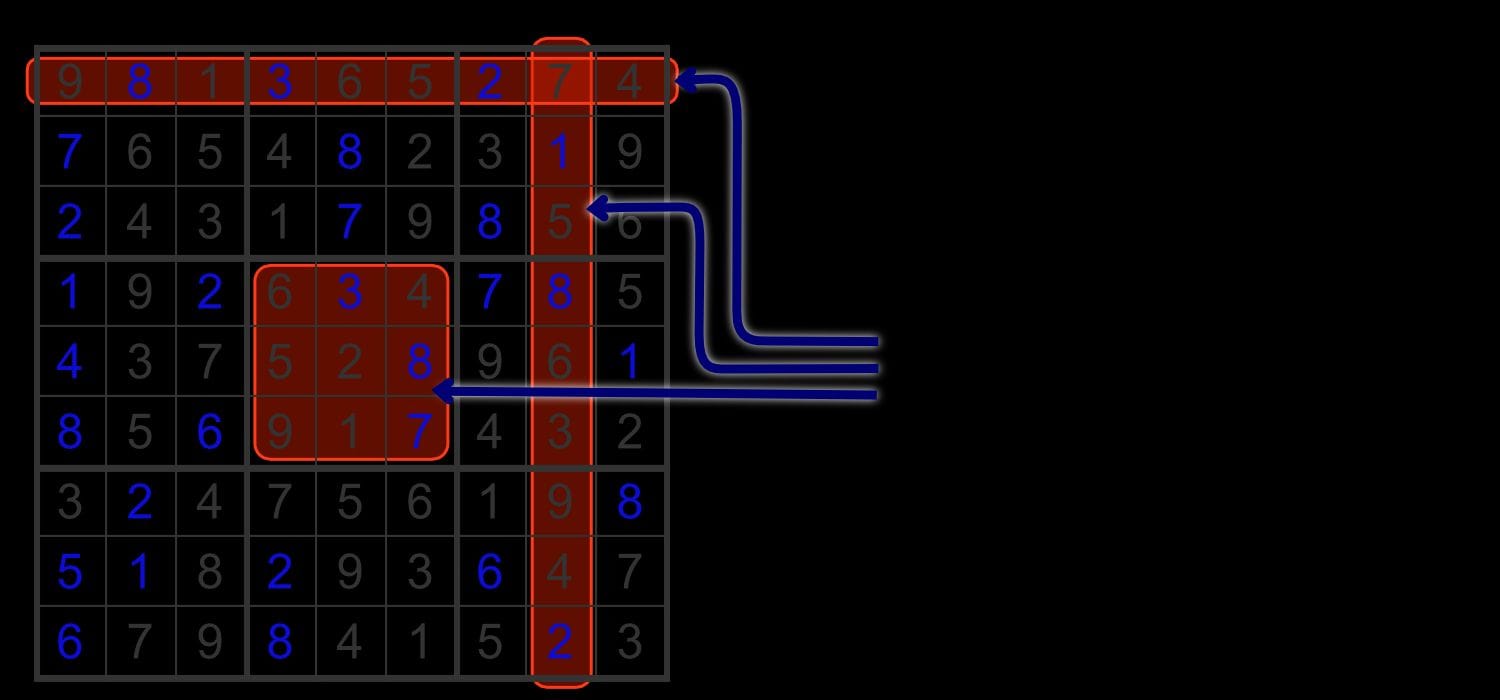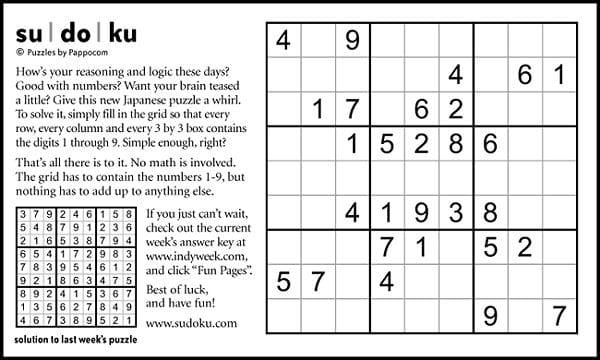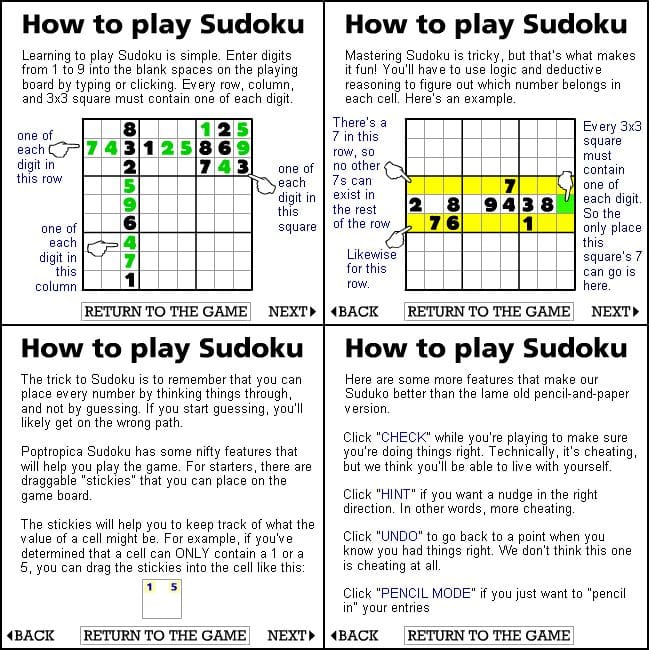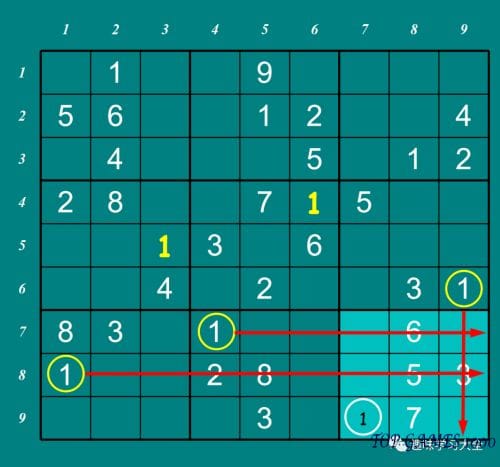
Are you ready to challenge your brain and exercise your logical thinking? Sudoku is a popular puzzle game that requires attention to detail, strategy, and problem-solving skills. While it may seem daunting at first, Sudoku is a game that can be enjoyed by people of all ages and skill levels. To get you started, let's explore the 7 essential guidelines to understand Sudoku rules.
Understanding the Basics
Sudoku is played on a 9x9 grid, divided into nine 3x3 sub-grids or regions. Some numbers are already filled in, while others are blank. The objective is to fill in all the blank cells with numbers from 1 to 9, such that each row, column, and 3x3 region contains each number only once.
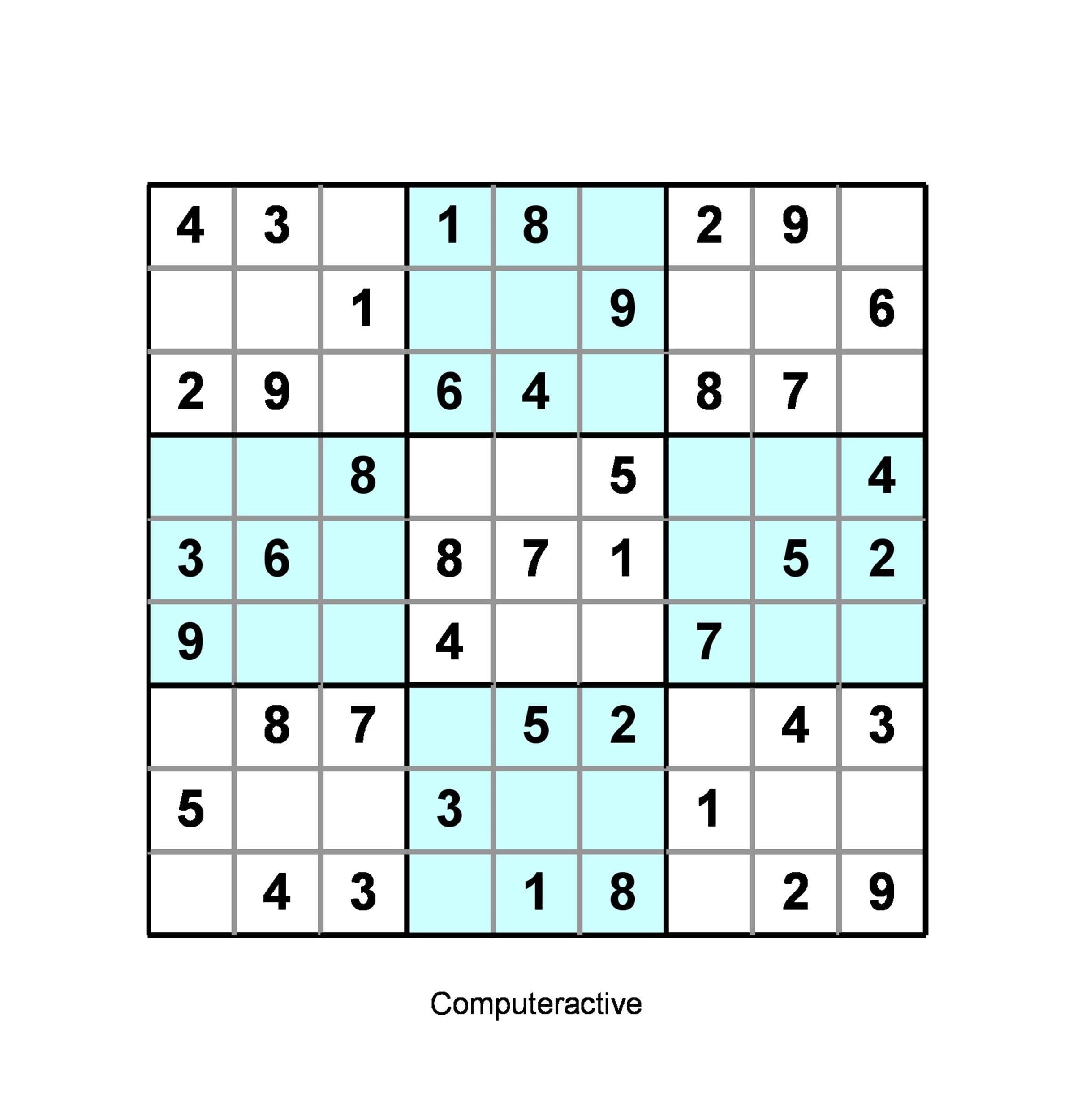
Sudoku Rules: 7 Essential Guidelines
1. Fill in the Missing Numbers
The game starts with some numbers already filled in. Your task is to fill in the missing numbers, making sure each number is used only once in each row, column, and 3x3 region.
2. Use the Numbers 1-9
You can use the numbers 1-9 to fill in the blank cells. Each number can only be used once in each row, column, and 3x3 region.
3. Focus on One Region at a Time
To solve Sudoku, focus on one 3x3 region at a time. Start by identifying the missing numbers in each region and try to fill them in using the available numbers.
4. Use Elimination Techniques
Elimination techniques are essential in Sudoku. Look for cells that only have one possible number that can be filled in. If you find such a cell, you can eliminate that number from the other cells in the same row, column, or region.
5. Look for Naked Pairs and Hidden Pairs
A naked pair occurs when two cells in the same row, column, or region can only contain two numbers. A hidden pair occurs when two cells in the same row, column, or region can only contain two numbers, but one of the cells already has one of the numbers filled in. Look for naked pairs and hidden pairs to eliminate numbers and narrow down the possibilities.
6. Look for Naked Singles and Hidden Singles
A naked single occurs when only one number can be filled in a cell. A hidden single occurs when only one number can be filled in a cell, but one of the cells in the same row, column, or region already has that number filled in. Look for naked singles and hidden singles to fill in the missing numbers.
7. Check Your Progress
As you fill in the numbers, make sure to check your progress regularly. Look for errors and ensure that each number is only used once in each row, column, and 3x3 region.
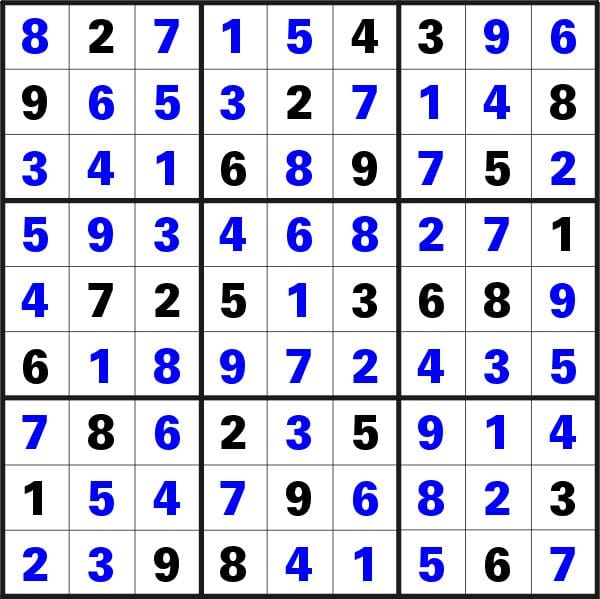
Tips and Strategies
While the Sudoku rules provide a foundation for solving the puzzle, there are several tips and strategies that can help you improve your skills. Here are a few:
Start with the easiest clues first. Use a pencil to mark in possible numbers for each cell. Look for patterns and relationships between cells. Use advanced techniques, such as X-Wing and Unique Rectangles, to solve more challenging puzzles.
Conclusion
Sudoku is a challenging and rewarding puzzle game that requires attention to detail, strategy, and problem-solving skills. By following the 7 essential guidelines outlined above, you can improve your skills and enjoy the many benefits of playing Sudoku. So, grab a pen and paper, and start solving!
FAQs
What is the objective of Sudoku?
+The objective of Sudoku is to fill in the missing numbers in a 9x9 grid, such that each row, column, and 3x3 region contains each number only once.
What are the basic rules of Sudoku?
+The basic rules of Sudoku are to fill in the missing numbers, use the numbers 1-9, focus on one region at a time, use elimination techniques, look for naked pairs and hidden pairs, look for naked singles and hidden singles, and check your progress regularly.
What are some advanced techniques for solving Sudoku?
+Some advanced techniques for solving Sudoku include X-Wing, Unique Rectangles, and Forcing Chains. These techniques can help you solve more challenging puzzles and improve your skills.
Gallery of Sudoku Rules: 7 Essential Guidelines To Get You Started
